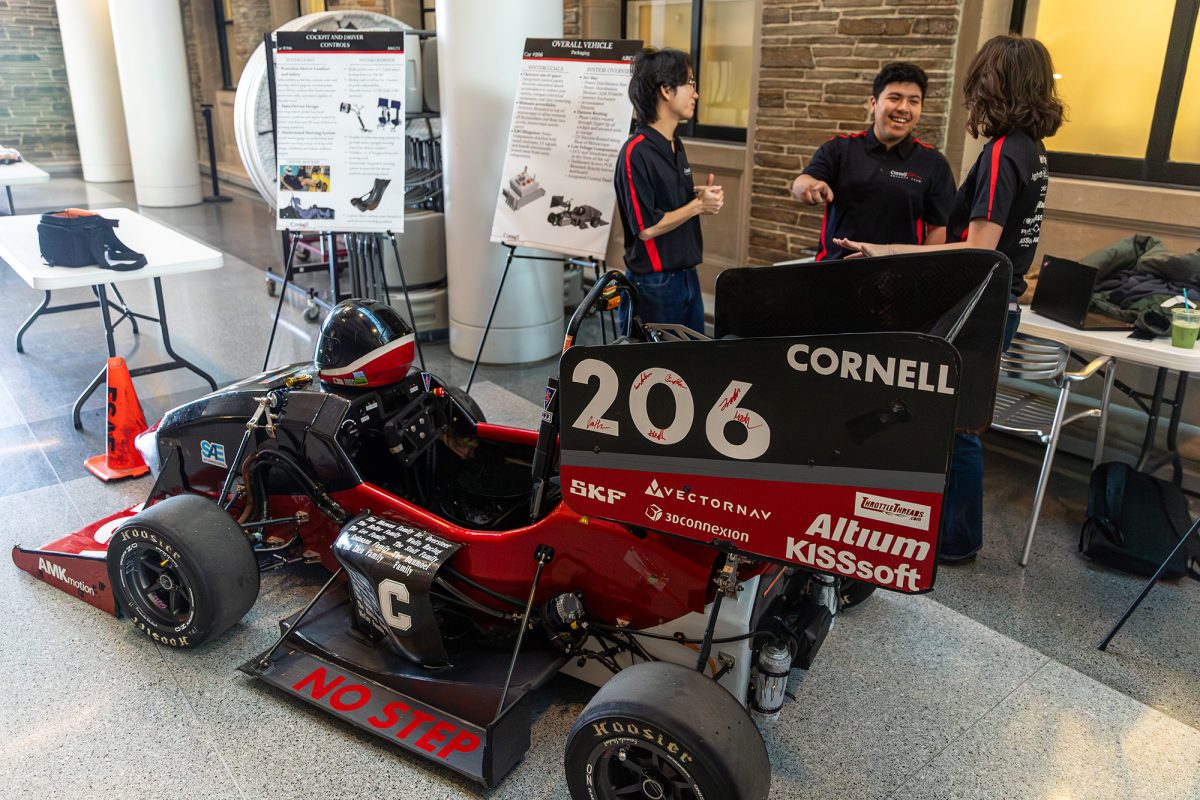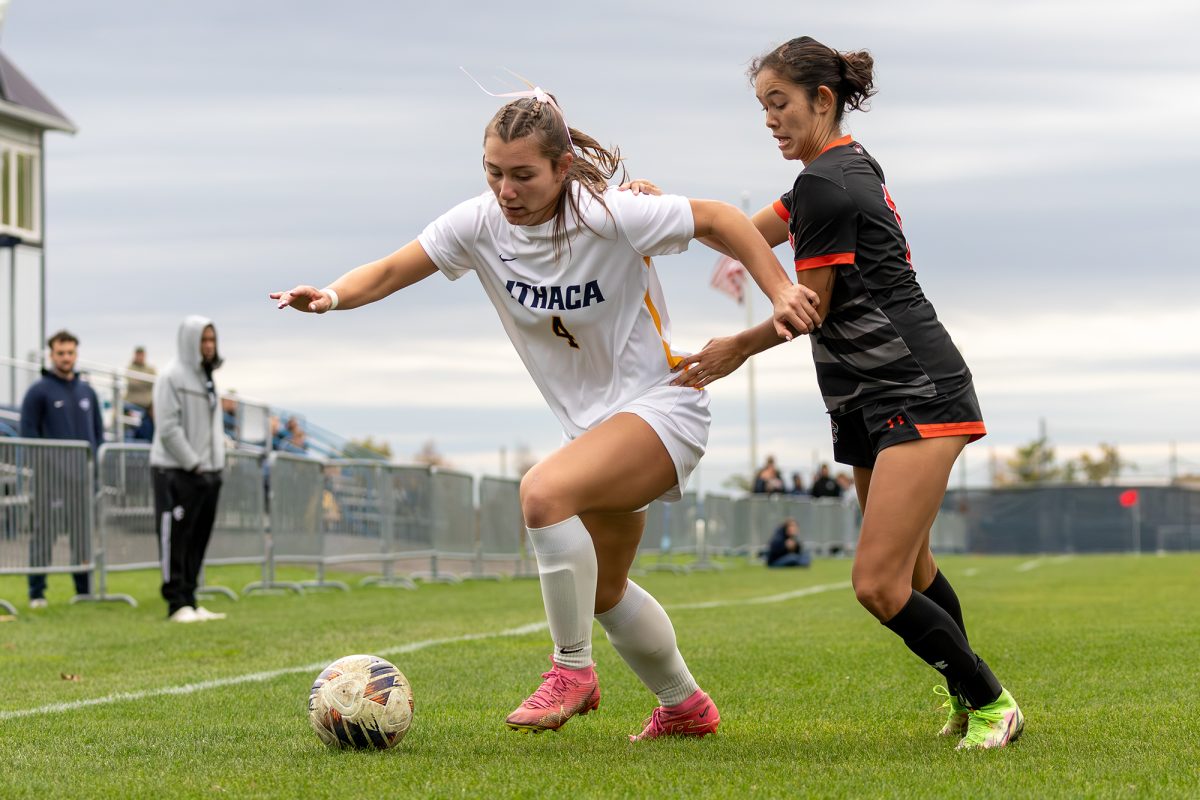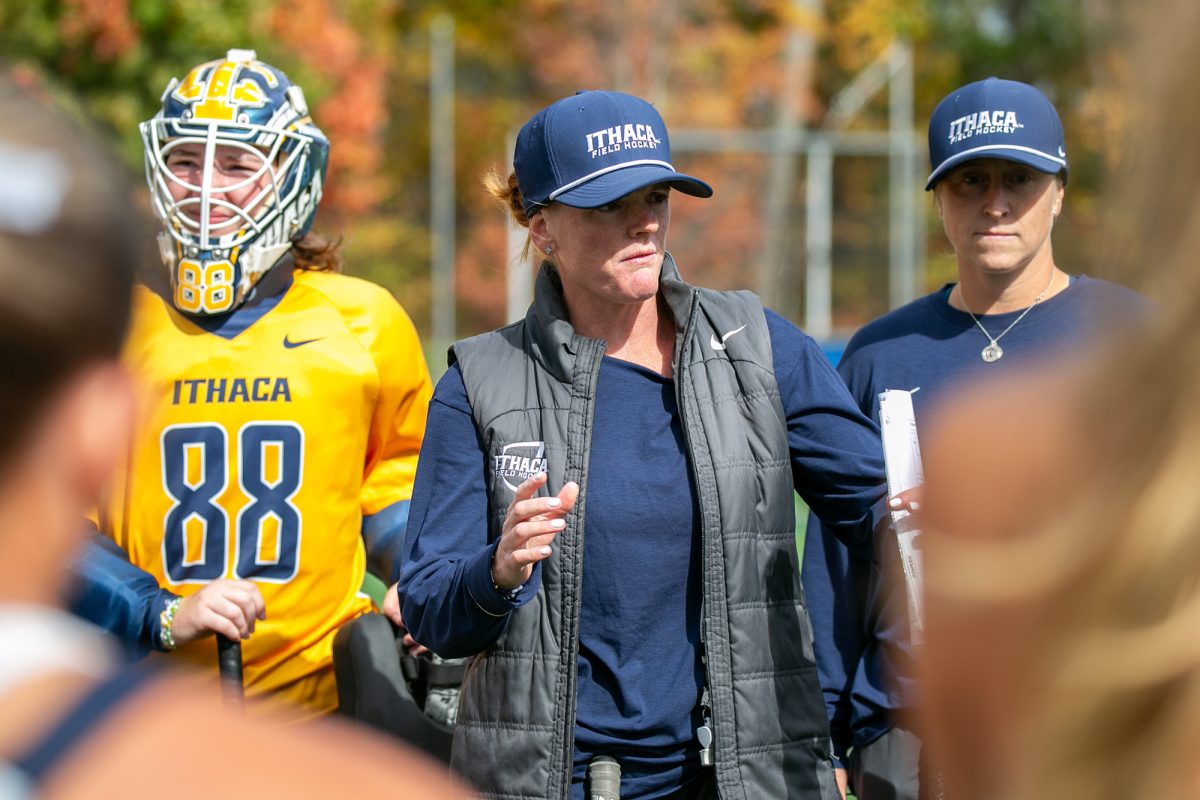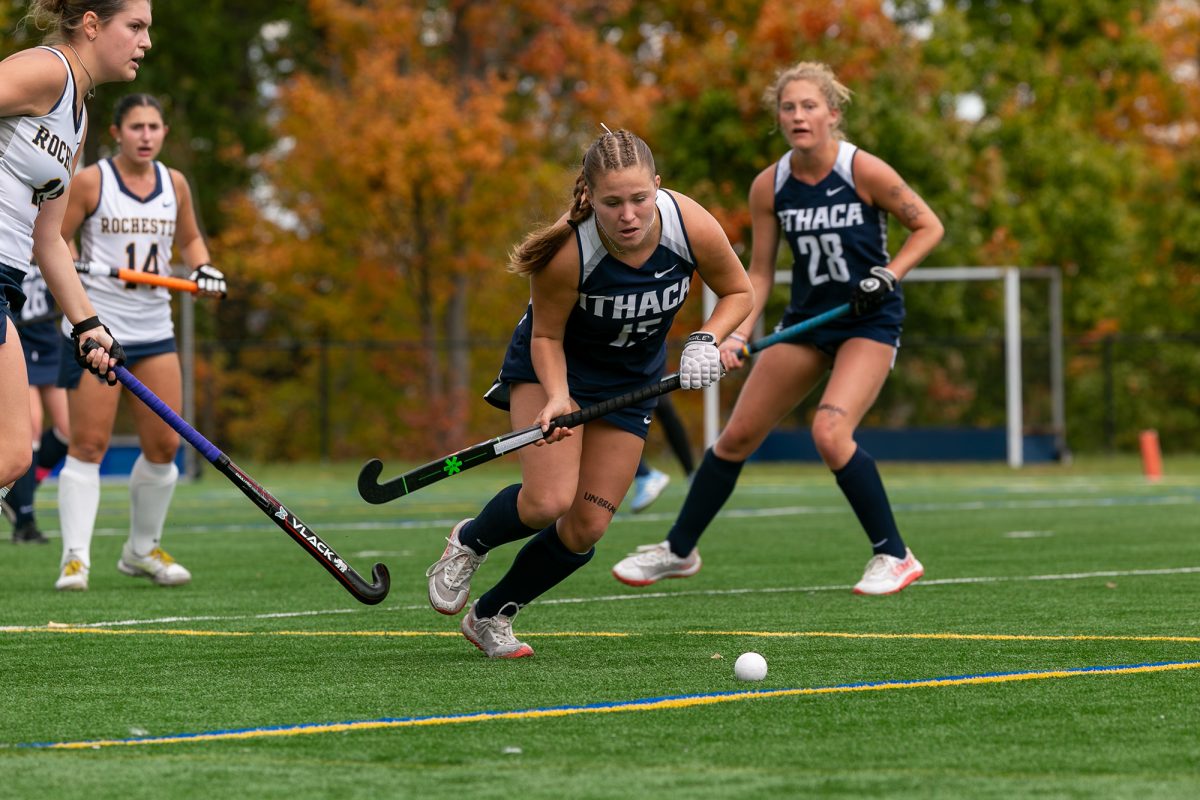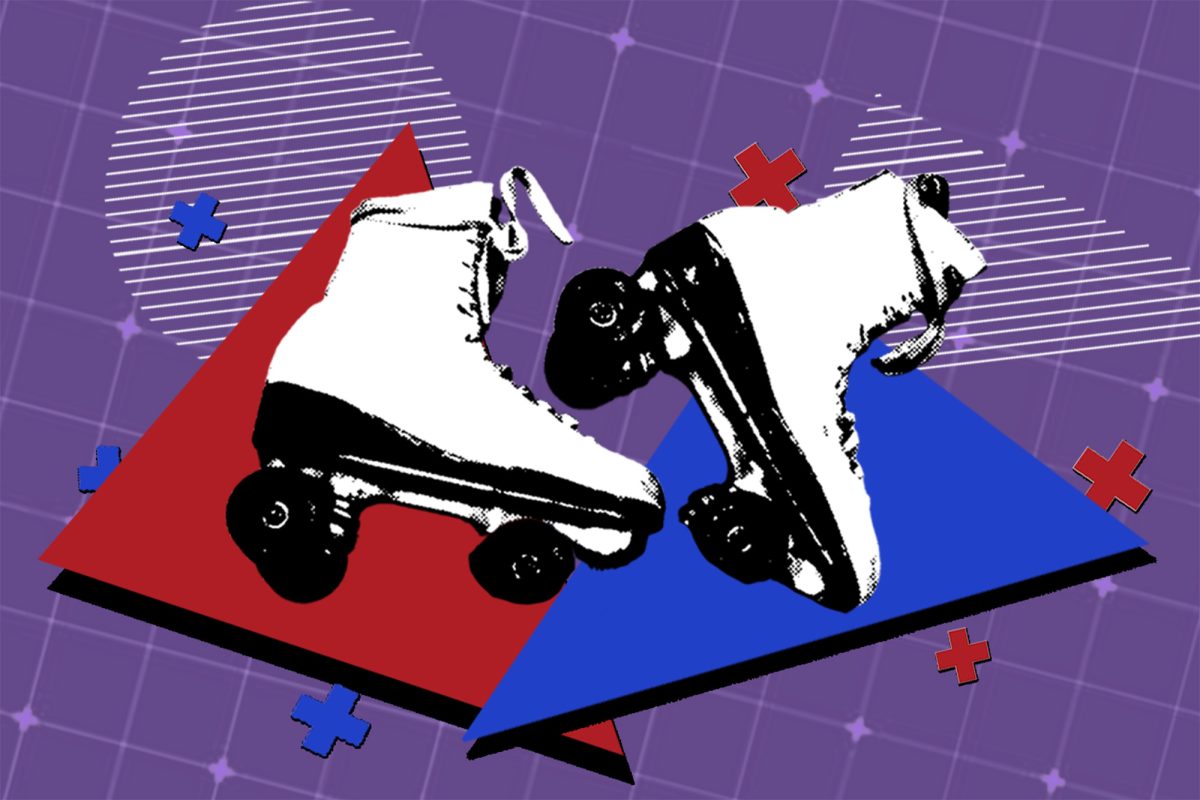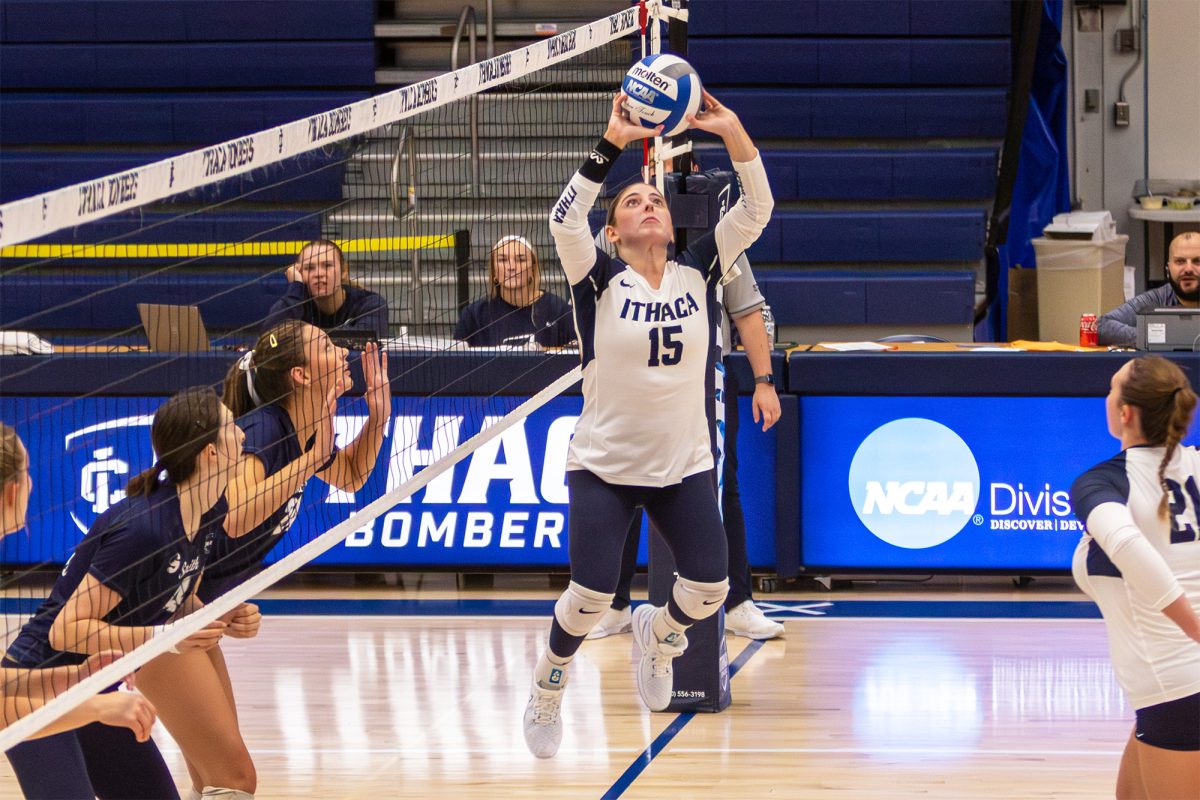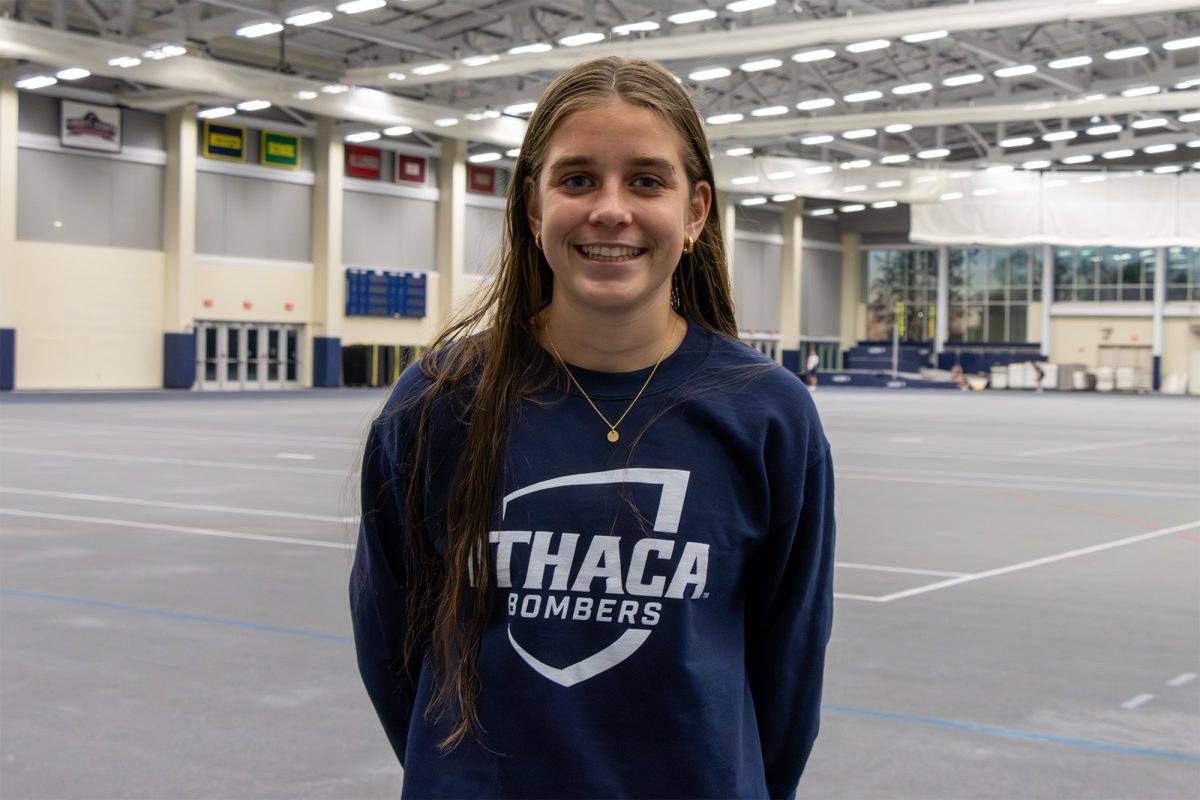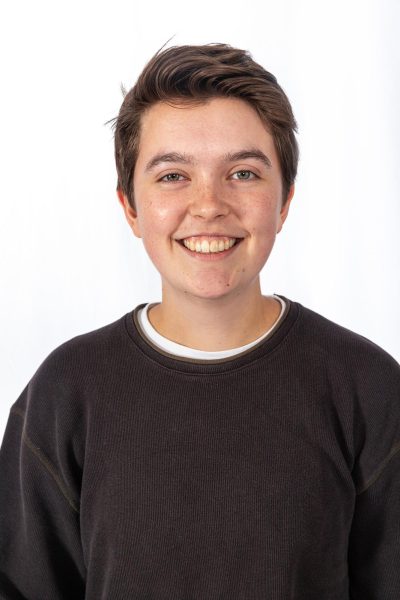Cornell University held the fourth Cornell Sports Research Conference on Oct. 23-25. The conference brought together students and experts from across the sports industry to promote recent findings and network with each other.
CSRC began in April 2023 as a way for Cornell students to share sports-related research. While research poster sessions are still a part of the conference, it has expanded in April 2025 to include round-table discussions, panels and demonstrations. The most recent CSRC included talks from Cornell alumni Jen Choi, vice president of the Atlanta Hawks, and Howard Borkan, chairman of Team USA Lacrosse, as well as Ithaca College professors Mead Loop and Rachel Madsen.
CSRC student director Jeffrey Clausen said the goal of the conference is to bring together “hyper-specialized” sports-related research at Cornell to one place, such as the College of Human Ecology’s athletic wear and the College of Agriculture and Life Sciences’ Turfgrass Program.
Despite being held at Cornell, the conference has also amplified voices from Ithaca College. Junior marketing major Ryan Kane presented his work combining sports photography and graphic design at CSRC III, which was held on April 25.
Kane’s photography presentation was unique from other students’ long-term research projects, which he said confused some attendees.
“I got a couple people talk to me about my work and how it’s so different, just because it’s not even close to anything anybody else was doing,” Kane said.
Clausen, who had reached out to Kane because of his previous work, said that he hopes to incorporate more sports photography and creative media into CSRC in the future.
“You don’t really see photography as a part of a sports research conference, but photography moves billions of dollars in merchandise,” Clausen said. “It’s a visceral reaction that you have to photography. … Photography doesn’t have enough of a place in these types of areas. You can’t unsee what you’ve seen.”
Clausen said he hopes involvement from IC students and faculty will not only promote knowledge exchange, but also the connection between academics and athletics.
“It speaks leaps and bounds to what the [Roy H. Park School of Communications] is doing, … but there are a ton of [Cornell] students that are doing research here for their professors, and they could be applying that work to their own Cornell team,” Clausen said.
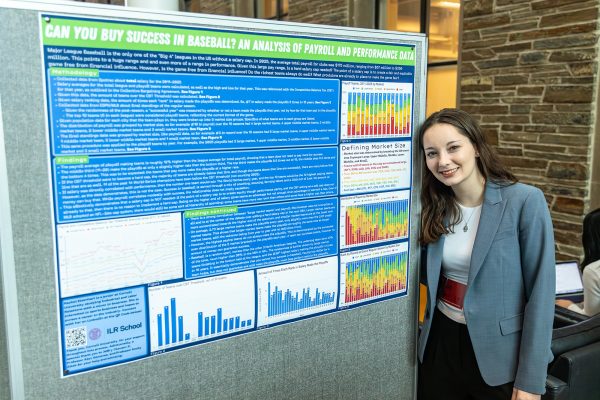
Cornell students were represented in the technology demonstration, including members of Cornell Racing Formula Society of Automotive Engineers. Each year, the team designs and manufactures a car to compete against other students in Formula SAE.
On top of potential networking and sponsorship opportunities, senior business lead Jolene Gagliano said CSRC is great for showcasing the last car the team has worked on.
“[We want to] tell people what we do, and kind of show off,” Gagliano said. “It’s an objectively cool thing that we do. We’re really proud of our work.”
The team was also able to explain what upgrades and changes they have been making to prepare for the next Formula SAE race in June.
“Having all of these high-level changes was really hard for integration, so debugging and making sure that the car functions smoothly were definitely a challenge,” Gagliono said. “We’re happy to say that it is a drivable car, and we were able to make all of those changes within one year.”
CSRC is more than a research forum. The past two conferences have hosted an open discussion called Athlete’s Path to Industry, which Kane said was the most important part of his experience at the conference. Current and former athletes were able to connect on how sports set athletes up for success off the field and how to adjust to leaving high-level college athletics behind.
“Being an athlete, you get things out of it, like good communication, and teamwork and work ethic,” Kane said. “I don’t usually think about that when it comes to work. [The panel] highlighted that translates over to your work, and [employers] understand that, which was nice to hear.”
Going forward, Clausen said another goal of the conference is to strengthen alumni networks to raise funding for future research projects. Recent cuts to Cornell’s federal funding have shifted focus from government endowments to direct collaborations.
“We have this really rich alumni base that we need to tap into,” Clausen said. “And figure out how we get students working on projects, and hopefully they can be funded projects where folks are actually working together. [CSRC] helps educate the student populace that we have right now that may have to consider not coming here, because funding is an issue.”
Throughout the process of putting together the conference, Clausen said he found it easy to get people involved and promote research projects because of the quality of research being done.
“Fortunately for me, everyone is such an expert in their niche,” Clausen said. “The only problem is, none of these spokes are connected to a hub, and that hub is what I’m trying to create, to amplify the work that is sometimes sitting [and] collecting dust on a wall … and bring it out there”


